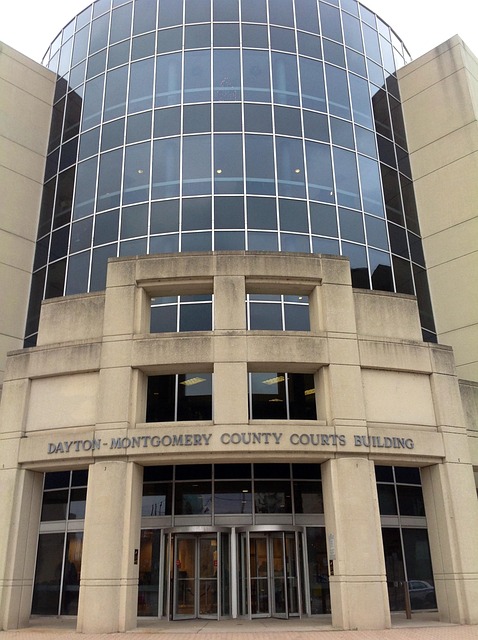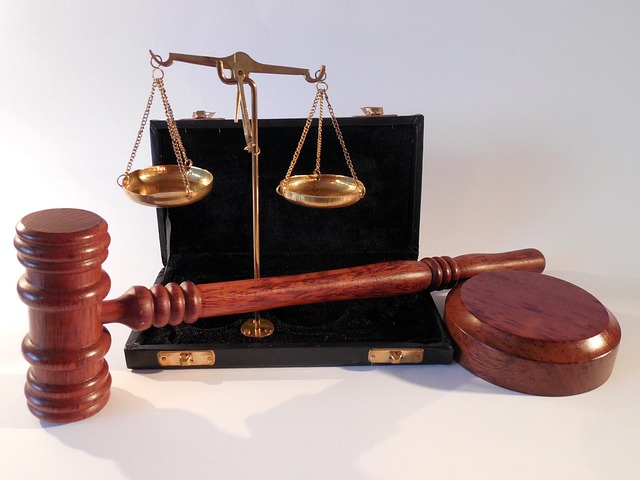The Timeline for Post-Conviction Relief Process is a critical phase in criminal law, allowing individuals to challenge convictions. It begins with a defense attorney filing a petition, arguing errors or injustices. This involves rigorous research, strategic planning, and presenting arguments at a court hearing. Successful outcomes can lead to reduced sentences or new trials, ensuring fairness and justice for potentially wrongfully convicted persons. For white-collar crimes, the process is complex, lasting years, requiring meticulous scrutiny of trial records, collection of new evidence, and compelling legal arguments. Skilled attorneys have achieved success in representing clients, avoiding indictments, and securing reduced sentences.
Criminal Law Enforcement: Navigating the Complexities of Post-Conviction Relief
Discover the intricate world of post-conviction relief, a vital component in the criminal justice system. This comprehensive guide breaks down the timeline for the process, from understanding key concepts to exploring common challenges and inspiring success stories. Learn how individuals seek relief from wrongful convictions, ensuring a fair and just outcome. Uncover the step-by-step journey, highlighting critical deadlines and legal strategies involved.
- Understanding Post-Conviction Relief: A Comprehensive Overview
- The Step-by-Step Process: From Filing to Execution
- Common Challenges and Success Stories in the Post-Conviction Journey
Understanding Post-Conviction Relief: A Comprehensive Overview

The post-conviction relief process is a crucial phase for individuals looking to challenge their criminal convictions. This comprehensive overview aims to demystify the intricate timeline that follows a verdict, which can be a critical turning point in a person’s life, especially in high-stakes cases. Understanding this process is essential for navigating the respective business of criminal law enforcement and ensuring justice.
The journey begins with a timely filing of a post-conviction motion, typically within a specific timeframe set by law. This initial step sets in motion a series of events that can potentially lead to significant outcomes, including the complete dismissal of all charges. The process involves meticulous legal argumentation, where attorneys present evidence and legal theories to demonstrate why the conviction was unjust. Each phase has its own deadlines and requirements, demanding careful attention to detail. If successful, it not only grants relief but also opens doors for individuals to rebuild their lives, free from the shadow of a past conviction.
The Step-by-Step Process: From Filing to Execution

The post-conviction relief process is a structured timeline that follows a specific step-by-step approach, designed to ensure fairness and offer avenues for review in criminal cases. It begins with the filing of a petition by a general criminal defense attorney, who presents arguments and evidence challenging the original conviction or sentence. This initial stage involves careful research and strategic planning, aiming to identify potential errors or injustices that may have occurred during all stages of the investigative and enforcement process.
Once filed, the court sets a hearing date, allowing both parties to present their cases. If successful, the court may grant relief, leading to potential changes in the defendant’s sentence or even a new trial. This meticulous process is crucial for achieving extraordinary results, as it ensures that every aspect of the case is thoroughly examined, providing a fair opportunity for those who may have been wrongfully convicted or sentenced.
Common Challenges and Success Stories in the Post-Conviction Journey

The post-conviction journey is a complex and often lengthy process, filled with common challenges that impact both corporate and individual clients accused of white collar and economic crimes. One of the primary hurdles is navigating the intricate timeline for post-conviction relief, which can span years. This involves meticulously reviewing trial records, gathering new evidence, and preparing compelling legal arguments to present to the court. The process demands meticulous attention to detail and a deep understanding of criminal law procedures.
Despite these challenges, there are numerous success stories that highlight the potential for positive outcomes. Skilled attorneys have successfully represented both corporate and individual clients, avoiding indictment or securing reduced sentences through strategic pleadings and effective advocacy. These achievements underscore the importance of robust legal representation throughout every stage of a criminal investigation and prosecution, ensuring that justice is not only sought but also achieved fairly.
The post-conviction relief process, with its intricate timeline for post-conviction relief, presents a critical avenue for justice and fairness in criminal law enforcement. By understanding the comprehensive overview and step-by-step execution outlined in this article, both legal professionals and individuals can navigate this journey with greater clarity. While common challenges persist, the shared success stories serve as a testament to the transformative power of this system, ultimately fostering a more equitable criminal justice landscape.






